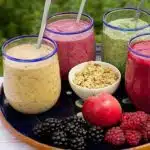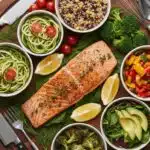Do you feel like spending too much money on groceries and struggling to eat well on a budget? You have come to the right place. Let us guide you through creating a cheap healthy grocery list containing various nutritious foods that won’t break the bank. This way, your budget, and your taste buds will thank you. Whether you want to plan a healthy dinner for one or buy groceries for your whole family, we have you covered.
Meal and Snack Planning For A Cheap Healthy Grocery List
One of the keys to creating a cheap healthy grocery list is meal and snack planning. Make sure you are prepared, and you won’t have to run to the store every day, wandering down all the aisles and spending money on things you might not need. First, look at your weekly schedule and determine what might affect your meals. Do you need to pack lunch for work or school? Are you attending any social events that might involve snacks or dinner? Do you need to make a dish or meal to bring to someone else?
Spend some time planning your meals and snacks, try to avoid waste, and plan when you’ll have time to cook. Then, check your pantry, fridge, and freezer and list all the basics and ingredients you still have. This can be a basis for your shopping list and helps you ensure you won’t buy something you won’t use or already have.
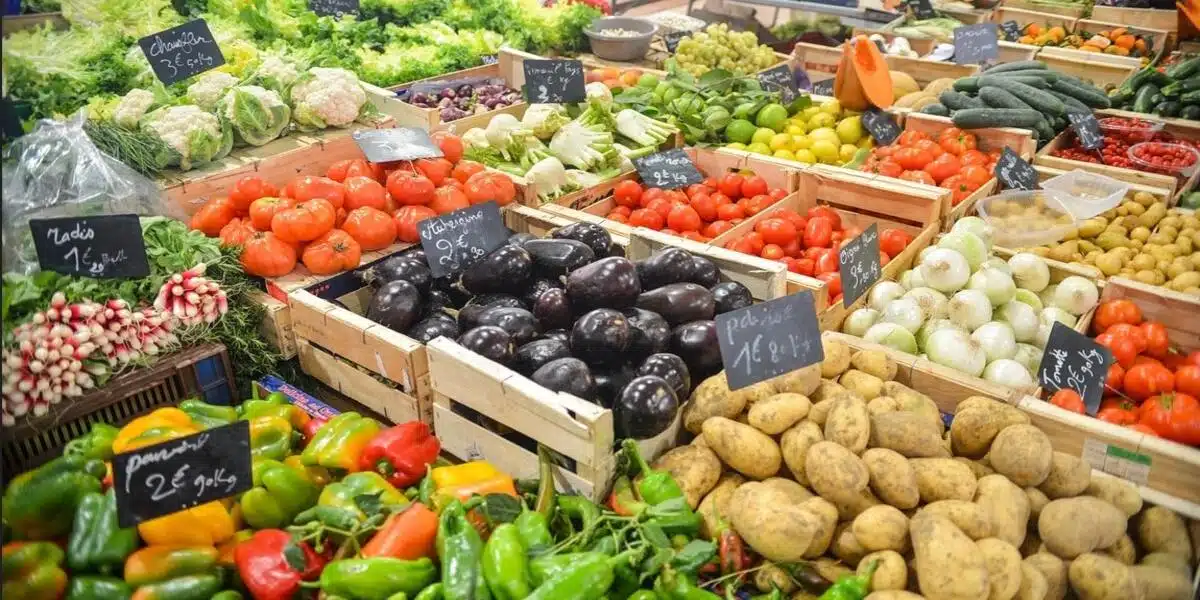
Budget-Friendly Shopping
Shopping on a budget can be hard, but the following tips can help you get more value for your money and fill your cart with healthy, accessible items.
- Make a plan: write a detailed grocery list before you head to the store to stay on track and avoid buying unnecessary items.
- Shop the perimeter: The outer parts of the store usually have the freshest, healthiest items, such as fruits, veggies, dairy, and meats. Try to stay away from the middle aisles, which often have processed and pricier items.
- Buy in bulk: Items like grains, nuts, and spices are often cheaper in bulk. Check the unit price to see which size gives you the most for your money.
- Choose store brands: Store-brand items are often just as good as name brands but cost less. Try them to save money on your groceries.
- Don’t shop hungry: if you go with your stomach empty, you’ll be more likely to buy something you don’t need. Start with a healthy meal or snack before you leave the house.
- Choose seasonal and local. Fresh local products are usually better for you and cheaper than something shipped from another part of the world. Consider farmers’ markets and local stores for the best deals.
- Impulse control: Try not to buy things that aren’t on your list. If you can’t help it, at least think twice.
- Use sales and coupons: Look for weekly deals, promotions, and coupons for items you need. Make your list with these discounts in mind to save even more.
With the help of these strategies, you can shop within your budget and keep your meals nutritious.
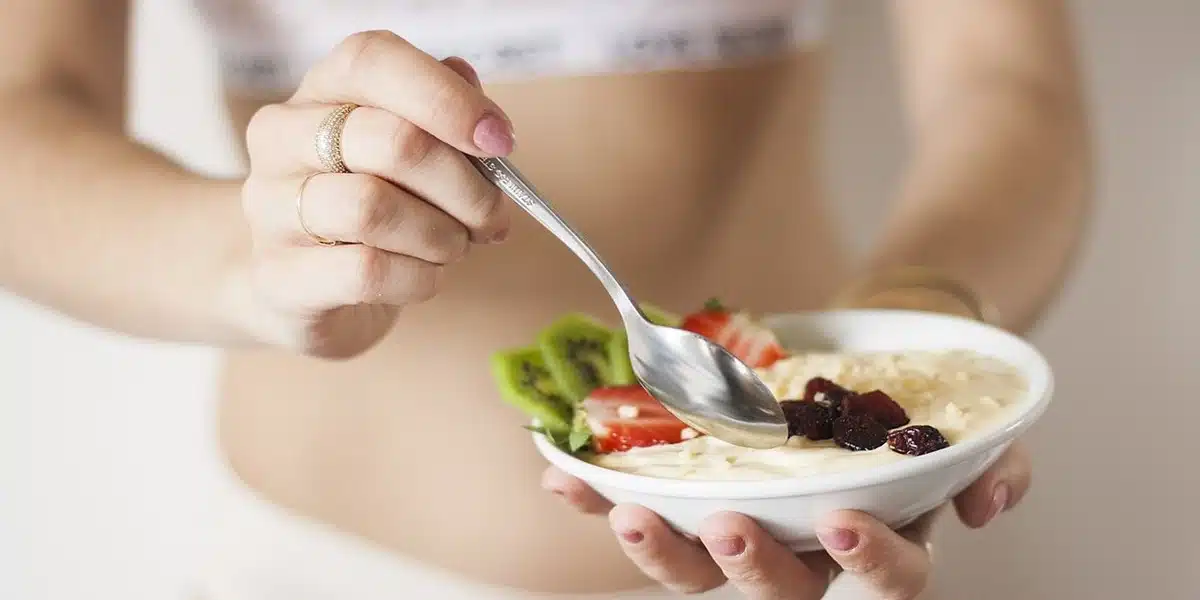
Cheap Healthy Grocery List: the Most Budget-Friendly and Healthy Foods
There’s no need to choose between budget and nutrition if you opt for whole, well-rounded foods that are healthy and not too expensive. Here’s a list of my top 9 favorite low-cost, nutritious foods that I always buy:
- Rice, beans, and lentils: They are good for you and don’t cost much. They’re perfect for hearty bowls, spicy chili, or veggie pasta sauce.
- Quinoa: It is a cheap grain full of protein. I love it for breakfast or in a tasty quinoa bowl.
- Oatmeal: You can turn it into oat flour, whip up some oat milk, bake it, or soak it overnight for a quick breakfast.
- Tuna: A can of tuna is an inexpensive way to add protein to a salad.
- Lean Proteins: opt for chicken, turkey, fish, and eggs, and occasionally for other products like beef, pork, and veal.
- Healthy Fats: Avocados, nuts, seeds, and olive oil are all healthy fats that can improve overall health. While they may cost more, you do not need to use a large amount to add flavor and nutrition. Peanut butter or almond butter are a must.
- Greek yogurt: It is pretty cheap and can substitute other proteins. Also, it can be served for breakfast or used to tenderize the chicken. Besides, try to add it to the tuna salad instead of unhealthy mayonnaise.
- Almond milk is great for breakfast, smoothies, or snacks.
- Frozen veggies and fruit.
You can support your healthy diet without breaking the bank by choosing these wallet-friendly, nutrient-dense ingredients.
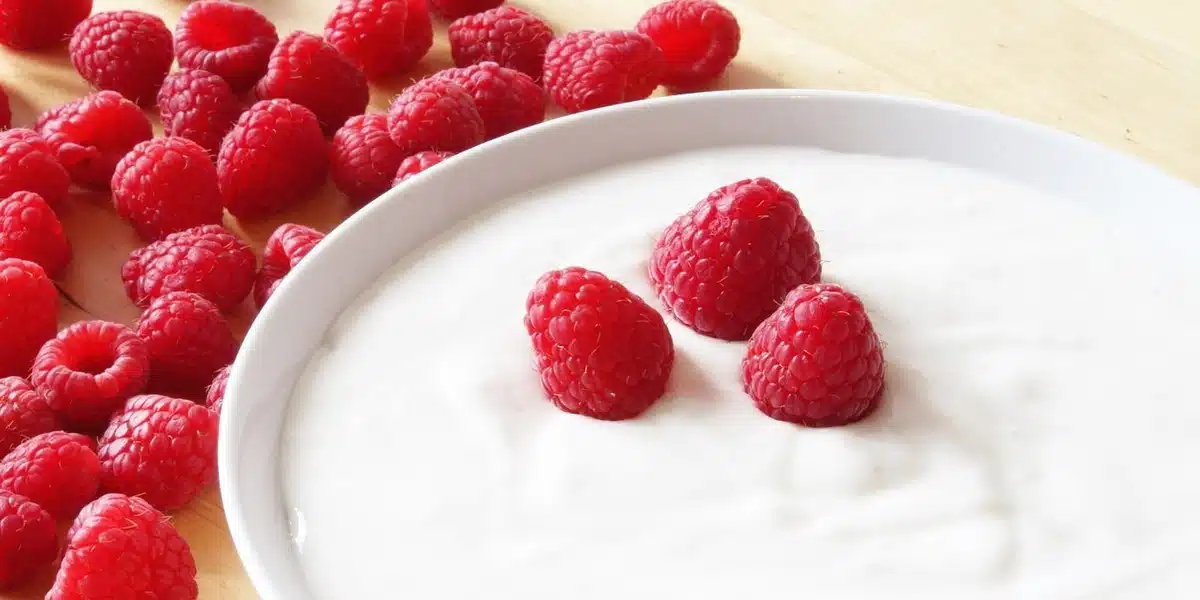
How to Organize Your Grocery List
Having a well-organized grocery list can help you shop efficiently, stay on budget, and stick to your nutrition plan all at once. Here’s how to structure your list:
- Categorize Items: You can categorize your groceries by item type, such as produce, dairy, grains, proteins, and pantry staples. This makes it easier to scan and shop.
- List by Aisle: Arrange your list in the order in which the nearest store is laid out. This way, you will not backtrack and will shop most quickly.
- Use Tools: Many grocery list templates and apps are available. They can be customized and carried over to our mobile devices for convenience.
- Perishables First: Put perishable items at the top of your list and buy them last in the store. This prevents them from sitting in your car for an unnecessary amount of time.
- Space for Notes: Be sure to leave yourself plenty of space to add notes about the item or note the quantity, brand, or size needed.
Making your list this way ensures a smooth shopping experience and that you will come home with everything you need.
Conclusion
In short, meal planning is extremely important, and this is true for those people who care about their health and money. One of the main secrets to long-term success in this matter is preparation. By taking stock of what you have, and focusing on affordable, nutritious foods, you can reduce the amount of food being thrown out. In addition, seasonal produce is a very reasonable option as it is cheap.
Visit selfweightloss.com to get more ideas of how to make healthy shopping choices. And don’t forget to become a part of our community on Facebook, Instagram, and Pinterest!
Images from Pixabay.com

SelfWeightLoss welcomes to our contributing Writers and thanks them for help the blog keeps up to date with new blog posts, guides, tips and tricks on Weight Loss, Fitness, Diet and Nutrition.
If you are a guest writer and want your articles to be feature in our site, please send them to us.




